Visiting Japan in March: Weather, Things to Do & More

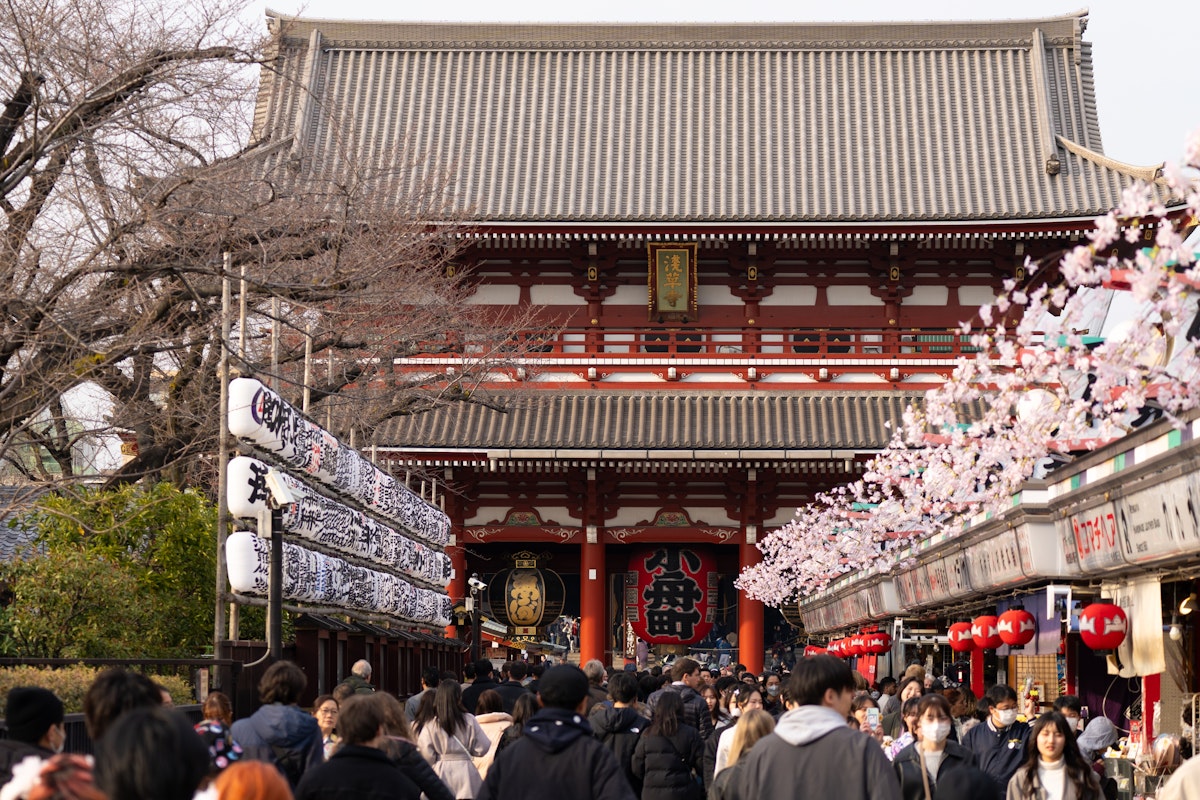
March is a magical time to visit Japan, blending late winter beauty and early spring charm that transforms the country into a picturesque wonderland. It's the start of cherry blossom season, where delicate pink blooms begin to paint parks, temples, and streets, creating postcard-perfect scenery.
Beyond the blossoms, March is ideal for experiencing traditional festivals, serene temples, and vibrant outdoor adventures. Whether you're planning to wander through iconic spots like Kyoto's Philosopher's Path or discover hidden gems in southern Japan, this guide has everything you need to make your trip unforgettable, from the weather in Japan in March to expert packing tips.
Overview of March Weather
March marks the transition from winter to spring, with average temperatures varying across the country. In northern Japan, temperatures remain chilly, often below freezing, while southern Japan enjoys warmer temperatures, making it ideal for outdoor exploration.
Early March
In early March, Japan still clings to the tail end of winter, especially in central and northern areas, where chilly mornings and evenings are the norm. Temperatures can drop significantly after sunset, making warm layers necessary for travelers.
Regions like Hokkaido or the Niigata Prefecture may still experience heavy snowfall, providing a perfect setting for winter sports enthusiasts. While daytime temperatures rise slightly, the crisp air often carries the lingering charm of winter, making it a beautiful time for sightseeing with fewer crowds.
Mid-March
Mid-March marks a noticeable shift in Japan's climate as temperatures begin to rise, hinting at the arrival of spring. In areas like the Niigata Prefecture, known for its powdery slopes and ski resorts, this period signals the winding down of the winter sports season.
While snow still lingers in higher altitudes, many ski areas prepare for seasonal closures, making it the last chance for enthusiasts to hit the slopes. Simultaneously, the melting snow uncovers lush landscapes, inviting visitors to explore the region's other natural attractions and enjoy the first signs of spring.
Late March
By late March, spring had fully arrived across much of Japan, bringing warmer temperatures and the much-anticipated start of the cherry blossom season. Parks, streets, and temples transformed into breathtaking landscapes adorned with pink and white blooms, creating a magical atmosphere perfect for viewing cherry blossoms.
Popular spots like Ueno Park in Tokyo or Kyoto's Philosopher's Path come alive with visitors enjoying hanami picnics under the blooming trees. This period is a visual feast and a cultural experience, marking the ideal time to immerse yourself in the beauty and tradition of springtime in Japan.
What to Wear in Japan in March
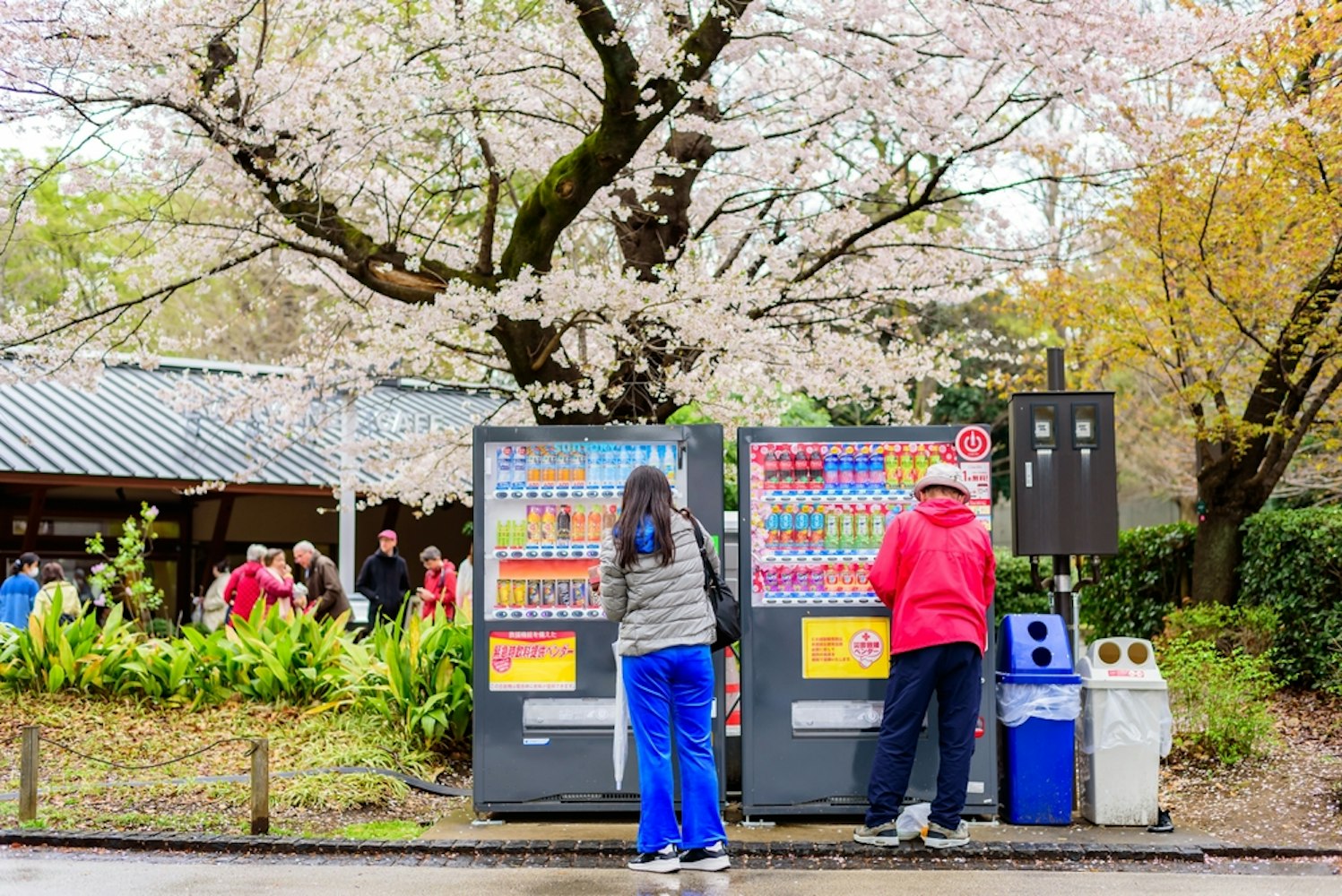
Clothing Essentials
Light Layers: Opt for light jackets and sweaters for warmer temperatures in the south.
Comfortable Shoes: Perfect for exploring various temples, parks, and festivals.
Pants and Light Sweaters: Ideal for evening outings when it gets cooler.
Heavy Winter Clothes: For travelers heading to the north or engaging in winter sports season.
Accessories
Umbrella or Raincoat: March can bring unexpected rain, especially in central Japan.
Scarves and Gloves: Handy for colder days or while exploring higher-altitude areas.
Things to Do in Japan in March
1. Cherry Blossom Viewing
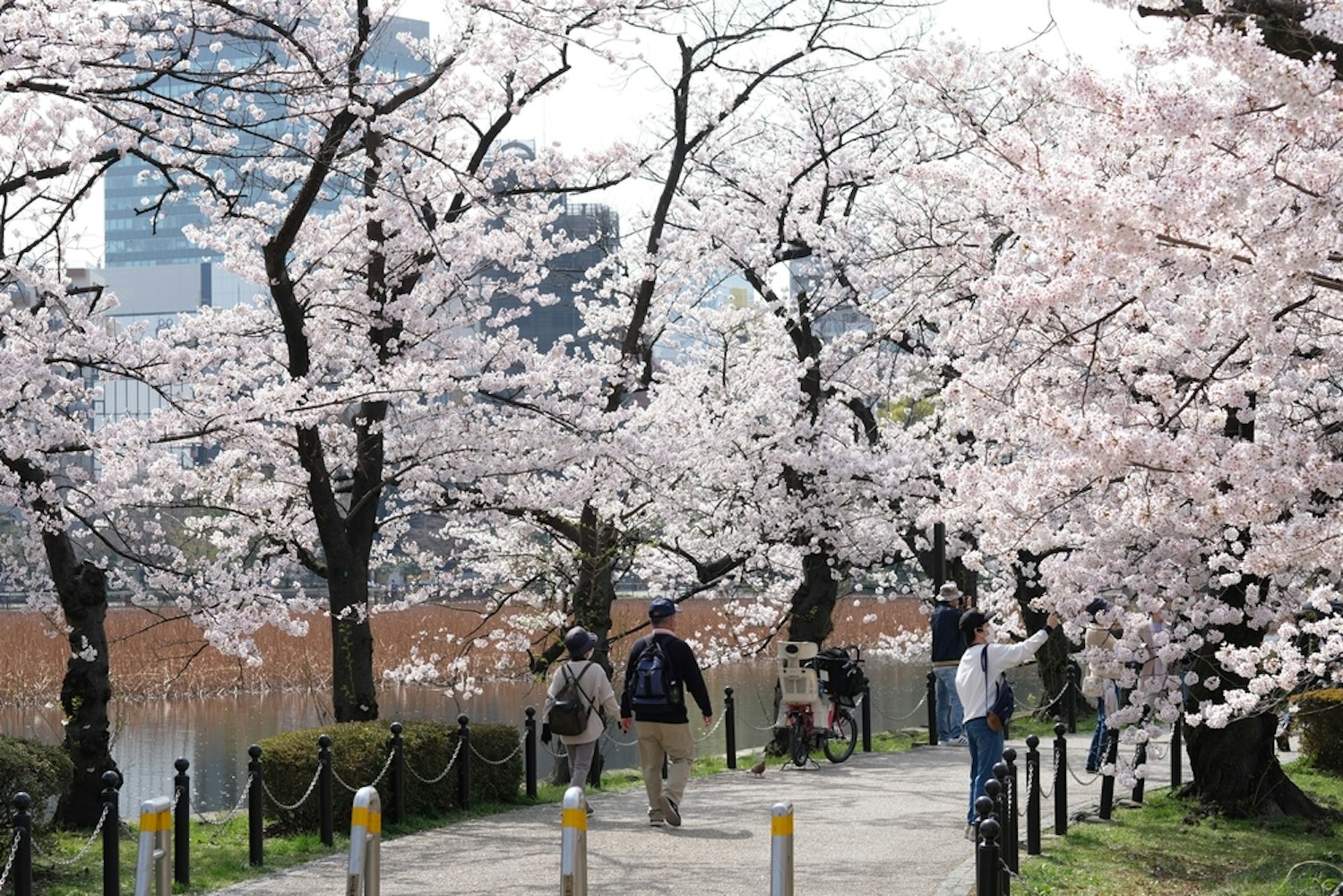
March marks the beginning of Japan's iconic cherry blossom season when the country bursts into shades of pink and white. These delicate blooms symbolize renewal and beauty, drawing locals and travelers to engage in the cherished tradition of hanami (flower-viewing).
In Tokyo, Ueno Park has become a vibrant hub, with its pathways lined by blooming trees and lively hanami parties that fill the air with laughter and celebration. For a more tranquil experience, Kyoto's Philosopher's Path offers a peaceful stroll under cherry trees, where the blossoms reflect beautifully in nearby canals, especially enchanting as the night sky casts its soft glow over the scene.
2. Cultural Festivals
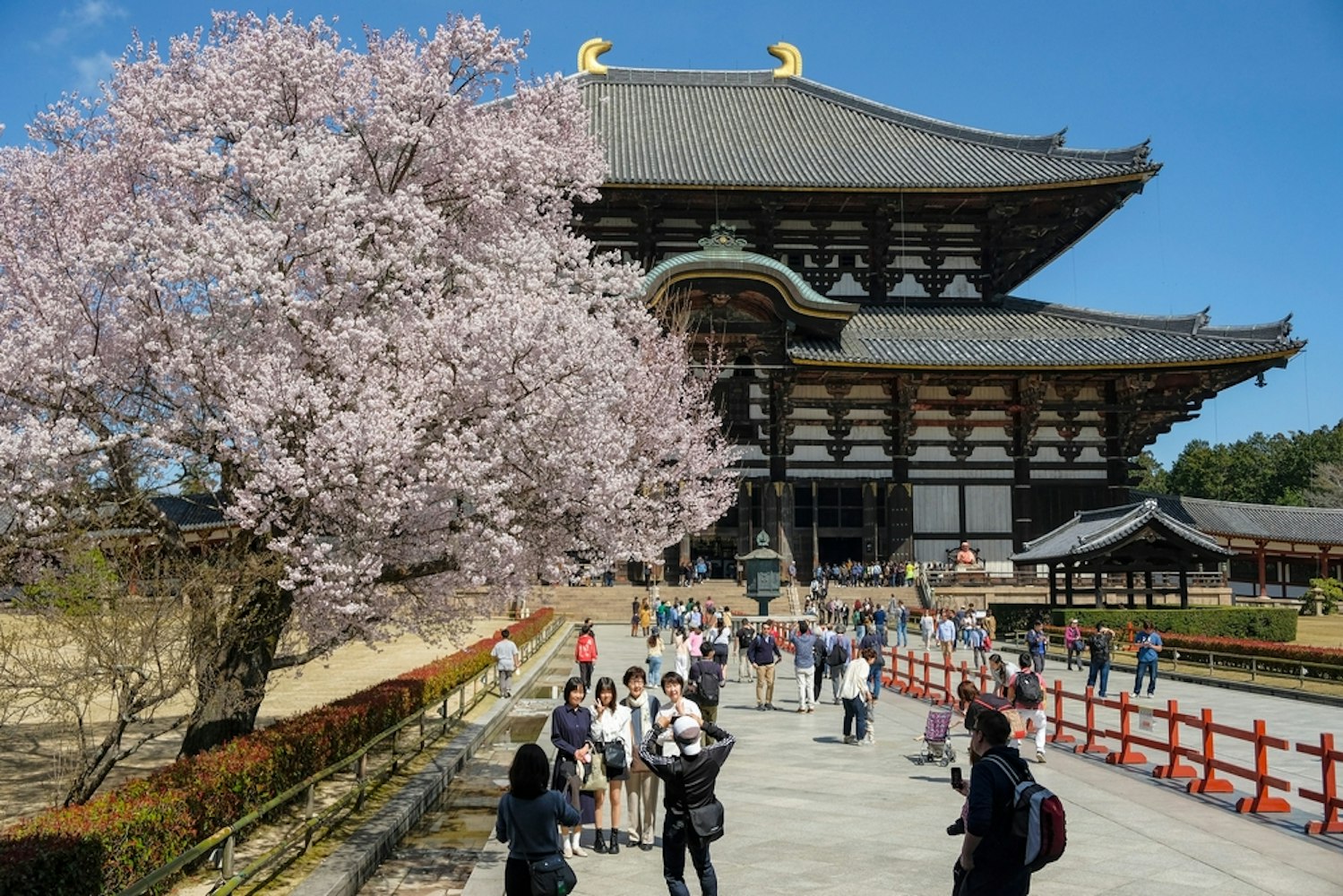
March is a vibrant month in Japan, offering a chance to witness traditional events that reflect the country's deep cultural roots and seasonal celebrations. The Omizutori Festival in Nara, held at the iconic Todaiji Temple, is a centuries-old Buddhist ceremony known for its dramatic fire rituals, where massive torches illuminate the night in a breathtaking display.
This sacred event in early March symbolizes purification and renewal, making it a must-see for those seeking to connect with Japanese culture. Meanwhile, the Tsunan Snow Festival in Niigata Prefecture celebrates the beauty of late winter with intricate snow sculptures and glowing lanterns, transforming the snowy landscape into an enchanting wonderland.
Both festivals showcase Japan's ability to blend nature, tradition, and artistry into unforgettable experiences.
3. Explore Famous Attractions
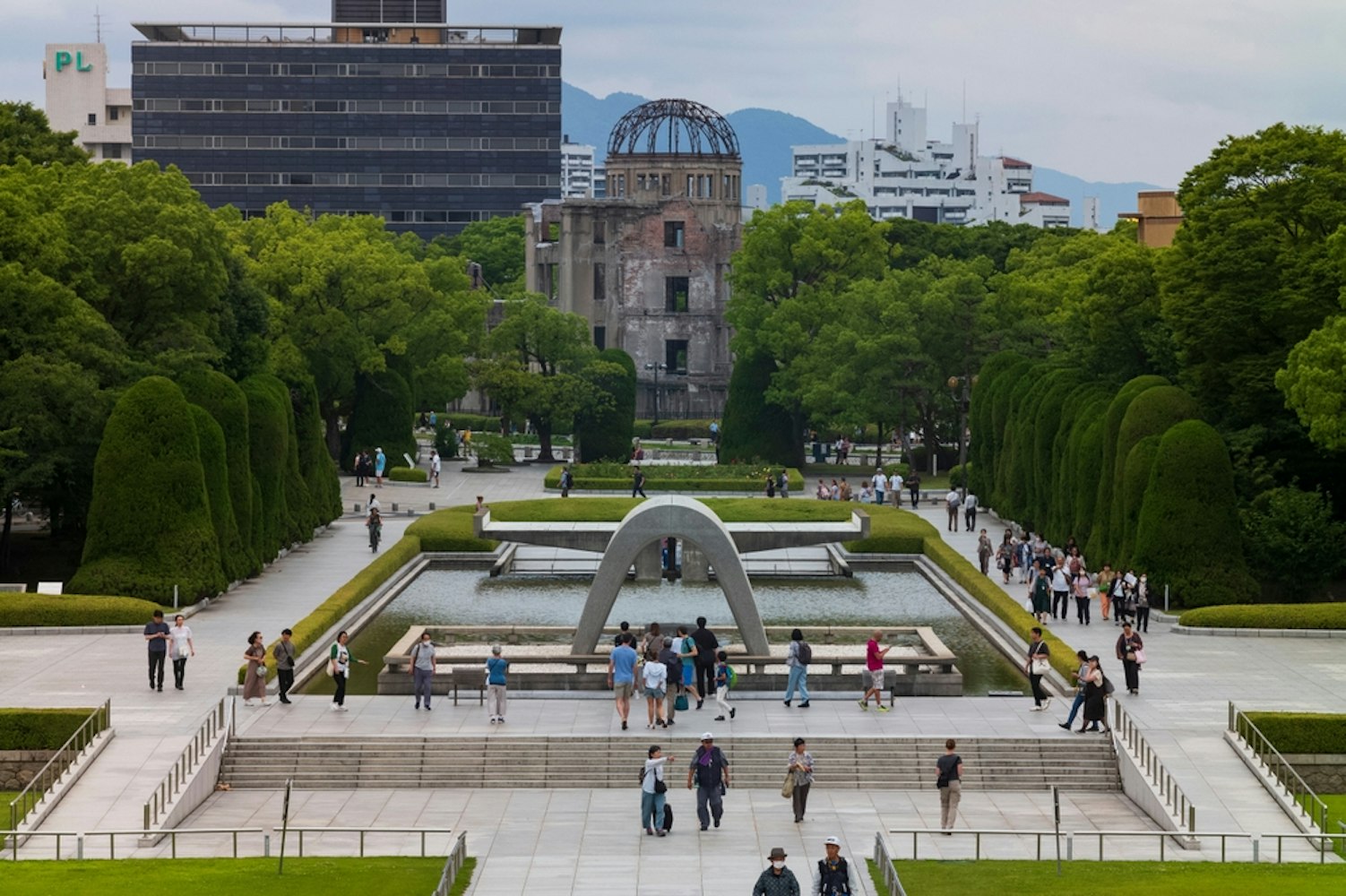
March is a fantastic shoulder season to explore Japan's iconic attractions, as the crowds are smaller compared to peak travel times, and the weather is gradually warming. You can enjoy the tranquility of places like Hiroshima Peace Memorial Park, where the history of Japan comes alive amidst the subtle beauty of plum blossoms dotting the landscape.
In Kyoto, the Arashiyama Bamboo Grove offers a serene retreat where you can wander through the towering bamboo stalks and feel transported to another world. For a mix of natural beauty and cultural heritage, Miyajima Island is a must-visit, with its famous floating torii gate, hiking opportunities, and a range of relaxing outdoor activities to round out your trip.
4. Outdoor Adventures

The winter sports season in northern Japan is still in full swing in March, offering some of the best skiing and snowboarding opportunities before the heavy snowfall tapers off. Destinations like Hokkaido and the Niigata Prefecture boast pristine slopes, well-maintained resorts, and stunning mountain vistas that attract enthusiasts from around the globe.
Meanwhile, in southern Japan, spring ushers in ideal conditions for hiking, with trails lined by budding flowers and fresh greenery. Popular hiking spots like Mount Takao or the paths around Kyushu provide a serene escape into nature, where you can soak in the gentle warmth of the season and marvel at the beauty of the countryside awakening from winter.
Travel Tips for Japan in March
Plan: Accommodation fills up quickly during cherry blossom season, so book at least two weeks ahead.
Pack Smart: Include both warm clothes and light layers for unpredictable weather.
Budget for Attractions: Many parks and temples charge a small fee, but the experience is worth every yen.
Try Seasonal Foods: Indulge in fresh seafood, spring vegetables, and sakura-flavored treats.
A Glimpse of Japanese Culture in March
March beautifully captures the essence of Japan's rich history and its modern celebrations, offering a unique blend of ancient traditions from the Heian period and lively seasonal events. Visiting iconic Buddhist temples like the Todaiji Temple in Nara immerses you in centuries-old rituals, such as the Omizutori Festival, which has been celebrated for over 1,200 years.
At the same time, local festivals and events showcase a vibrant, contemporary twist on Japanese culture, inviting visitors to join in the season's joy. From marveling at seasonal blooms like cherry blossoms and plum blossoms to engaging in cultural practices, March offers an unparalleled opportunity to connect with Japan's timeless charm and living traditions.
Why March is a Great Time to Visit Japan
Visiting Japan in March is the perfect way to witness the country's enchanting transition from winter to spring, as landscapes transform with cherry blossoms and vibrant festivals. Whether you're captivated by plum blossoms in the south, the serene beauty of a Buddhist temple, or the thrill of skiing in the north, March truly offers something for every traveler.
The warmer temperatures make exploring Japan's diverse regions pleasant, from bustling cities like Tokyo to tranquil paths like Kyoto's Philosopher's Path. With comfortable shoes, a light jacket, and a sense of adventure, you'll be ready for an unforgettable journey filled with natural beauty, cultural wonders, and unforgettable memories.
FAQs
Can you see cherry blossoms in early March in Japan?
Cherry blossoms typically begin blooming in late March, but early blooms in warmer southern regions like Kyushu may be visible in mid-March. Early March is also an excellent time for plum blossoms.
Are ski resorts still open in Japan in March?
Yes, many ski resorts in northern Japan and high-altitude areas like Hokkaido remain open through March, though the season begins to wind down in the latter half of the month.
Is March a crowded time to visit Japan?
March is a shoulder season, so it's less crowded than peak cherry blossom times in April. However, late March can get busier as tourists arrive for the cherry blossom season.
What seasonal foods should I try in Japan in March?
March offers fresh seafood, spring vegetables like bamboo shoots, and sakura-themed treats like sakura mochi and sakura-flavored beverages. Seasonal Kaiseki meals are also popular.
Are there any travel discounts available in March?
March, being a shoulder season, often includes deals on flights and accommodations, especially in the first two weeks before cherry blossom season begins in full swing. Always book early for the best rates.



